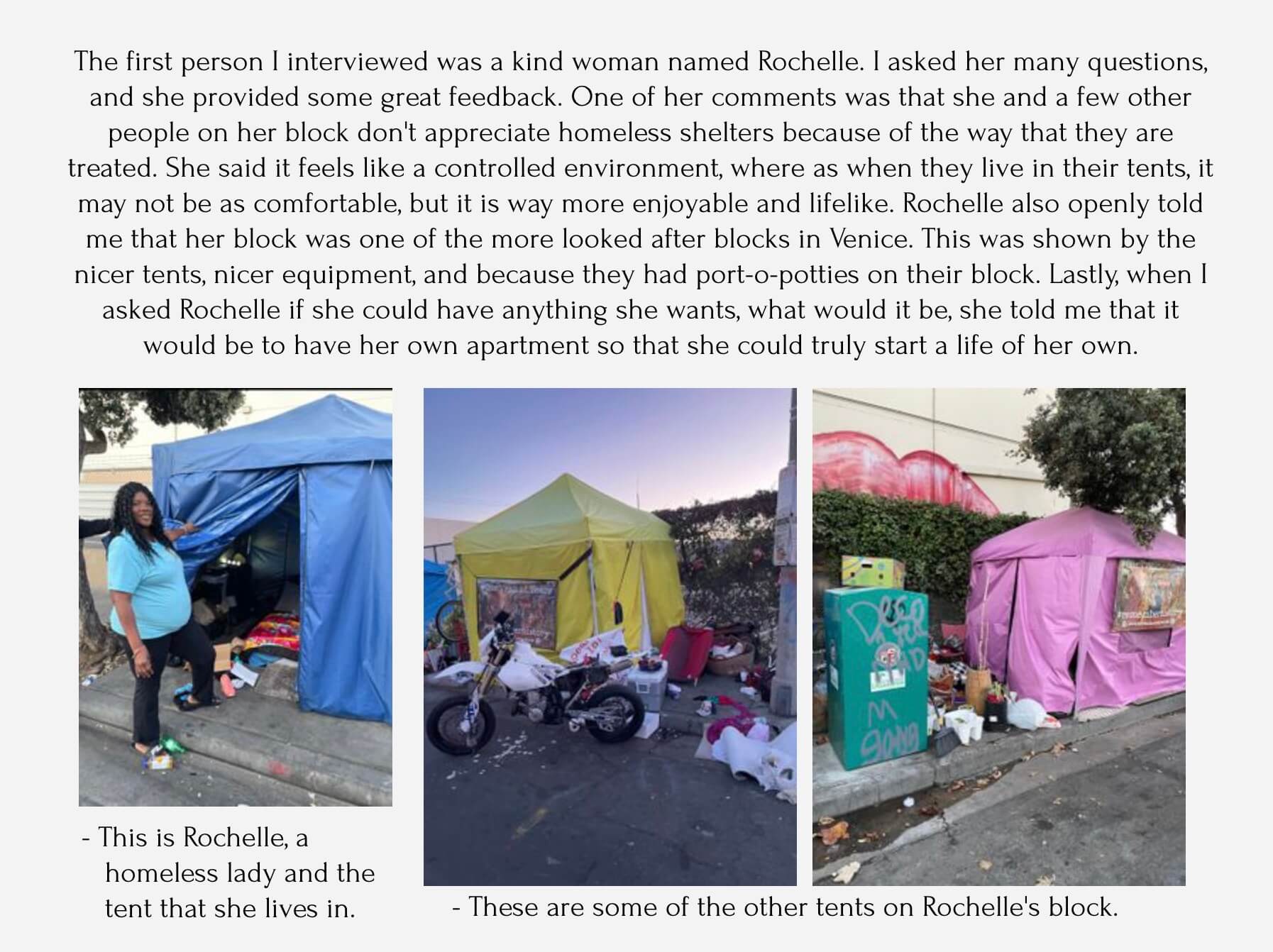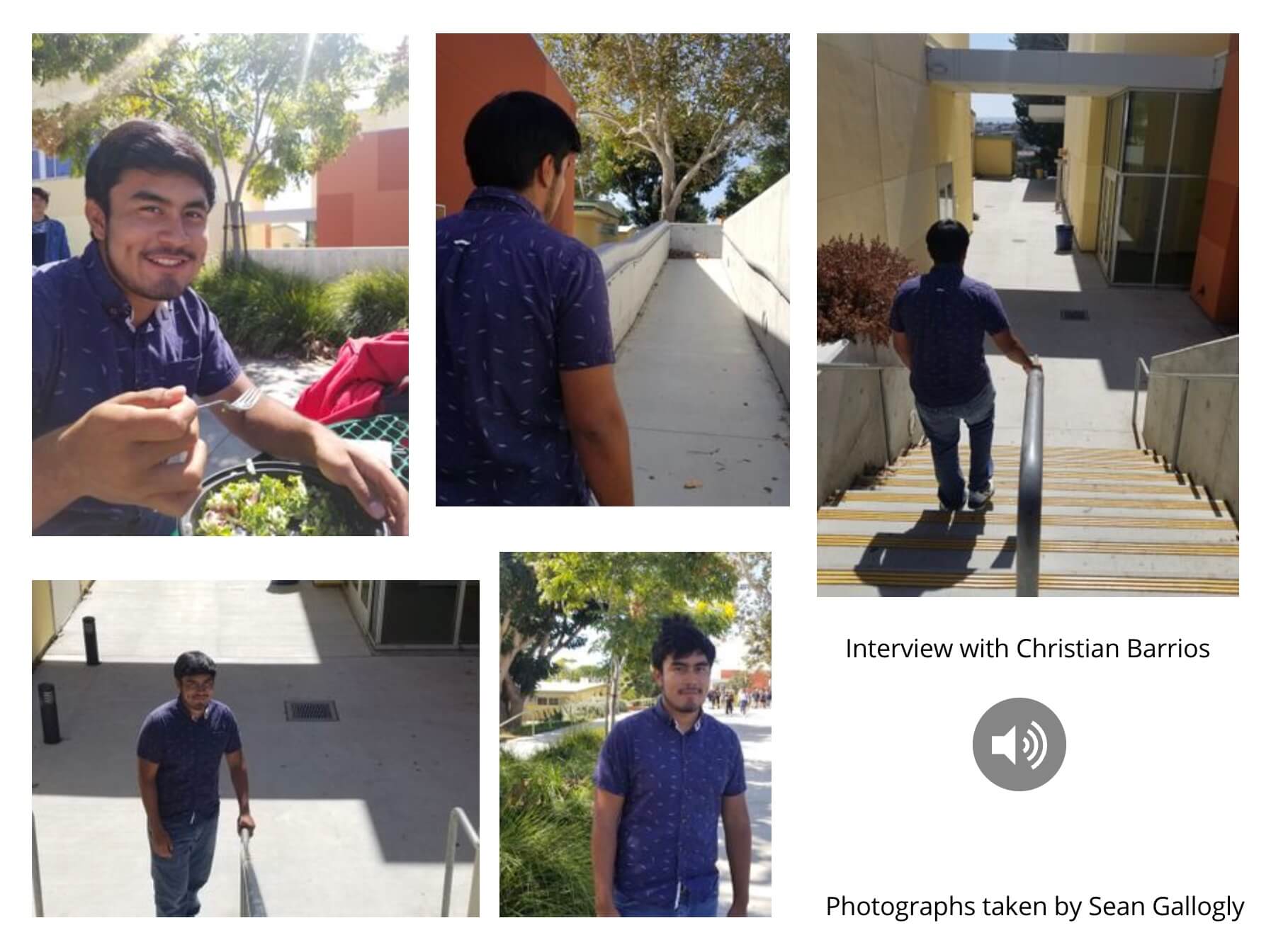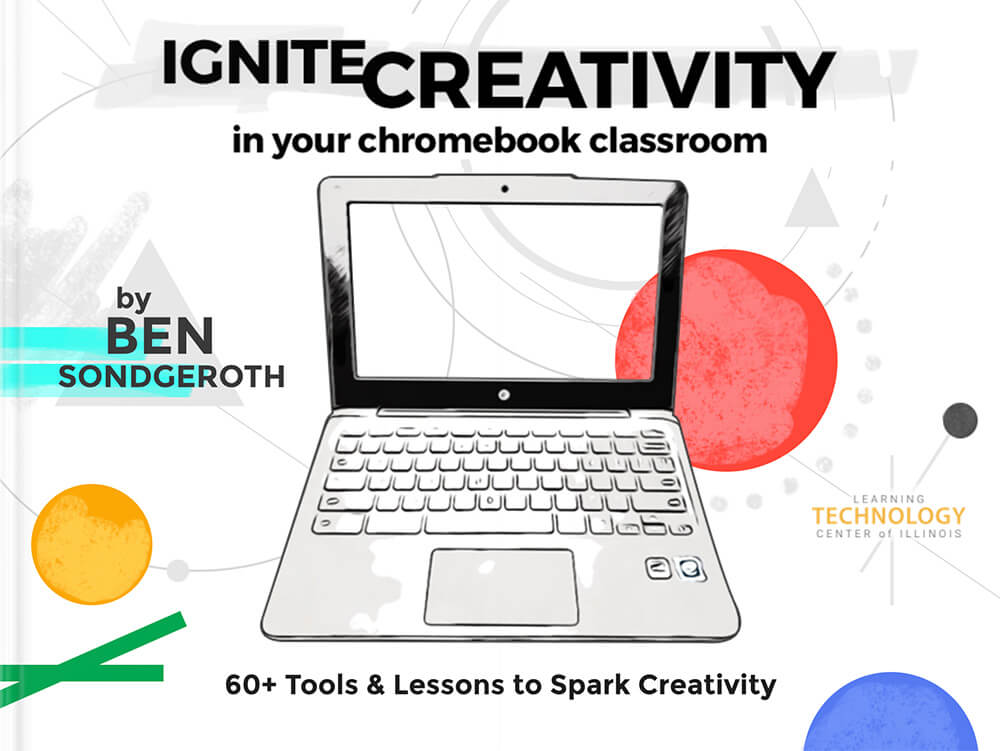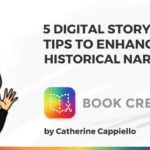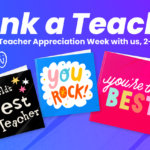We make the world significant by the courage of our questions and the depth of our answers.Carl Sagan
One of my favorite podcasts is NPR’s Invisibilia, a show that explores deep questions about psychology, culture, and society. While their episodes are often mind-shifting for me, their recent marketing slogan really stood out: “No easy answers, just good questions.”
It really aligns with my own teaching philosophy because I encourage my students to explore topics of their own interest, and to investigate the world through a cascade of questions throughout a project’s lifetime. Then it struck me that most schooling is as far from that statement as you can be. For most students, school is more like “One right answer, no questions asked.”
When you don't know what you don't know
Meaningful learning begins with the design thinking process, of asking the right questions of your audience or end user, then developing a product that helps them.
The most important piece, and the best way to learn about a topic, is by figuring out what questions to ask and of whom: Who might know something about a topic or be affected by a topic, then asking THEM what questions to ask.
It's kind of meta, but when you don't know what you don’t know (which pretty much sums up everyone all the time), asking someone who has experience and familiarity with a topic goes a long way toward finding your blind spots, and discovering the truth about a topic.
Storytelling is an inquiry process
It might seem like a time consuming process, and it is, honestly, more involved than lectures and worksheets. But in our world where we desperately need our students to learn how to find reliable, accurate information, to vet sources when they’re not under the watchful eye of a carefully curated curriculum behind cloistered walls of school, it's vital that we teach students the skills and mindsets needed to think critically and independently.
Storytelling can help us achieve these goals because it is inherently an inquiry process. As a consumer of stories (books, videos, podcasts, etc.), we wonder what choices characters will make and wring our hands as we play out possible scenarios of their fate in our heads.
As producers of stories, particularly non-fiction stories like documentaries and podcasts, we have to research a topic to find out who to interview, what questions to ask of them, and how all of the various pieces of information relate to one another. It’s like a more advanced form of Harvard’s “See, Think, Wonder” model of learning.
Thinking Routines in Book Creator
Storytelling as inquiry follows these steps, which are actually very similar to the scientific process:
- Ask a question to investigate, based on observation of the world
- Create a hypothesis based on research
- Test the hypothesis
- Analyze data
- Draw conclusions
How to facilitate inquiry-based learning with stories
Creating stories with Book Creator is a great way to facilitate inquiry-based learning. Use the app as a way to curate student research, collect data, and report findings and conclusions. Make the most of being able to add rich media like video, audio, and links. Observations can include video recordings of phenomena, interviews with experts, maps, and infographics.
Instead of a test, essay, or report at the end of a unit, each student will begin with the goal of publishing a book about an aspect of the unit topic. All of their learning is framed with the purpose of creating this book, step-by-step throughout the unit. It’s fun, purposeful, and an "uncheatable" form of assessment.
Here are some pro tips for getting this right:
- As you introduce your curriculum, have students develop questions individually or in teams.
- Have students develop a focus statement for the story, which is a driving question that the story strives to answer.
- Explore the focus statement by doing research and learning more about the topic. At this point, introduce where to find reliable data and evidence beyond textbooks, helping students learn how to vet reliable sources.
- Conduct interviews of stakeholders of a topic: people who are affected by or responsible for the topic to find out more details and help students find their blind spots in their research or understanding of the topic. Introduce what an expert is, and have students interview some.
- Create the story. This can be a non-fiction story like a documentary or journalism story, or it might be poetry, fiction, or essays, in response to the research and interviews.
Types of book projects
The book can be the final project in itself—like a collection of poetry, or a book about local history, for example—or an anthology of multiple student stories created in various forms of media like video, audio, or text.
In both cases, consider having students explain their project to their audience with an artist’s statement, and include reflections of what they learned at the end.
Do you have a student success story with inquiry-based learning and Book Creator? Share in the comments below, or post on social media and tag them with #BookCreator. We'd love to see!
Check out these other books for inspiration:
Michael is an award-winning teacher, author, and international speaker in Los Angeles whose work focuses on digital and civic literacy, social justice, and student-centered learning experiences. His new book about authentic learning, Storytelling With Purpose: Digital Projects To Ignite Student Curiosity, leverages student passion to solve some of the biggest challenges educators face, like low student engagement and artificial intelligence. He is a Book Creator Ambassador, and the author of Book Creator for the High School Classroom. Find out more about Michael on his website.


